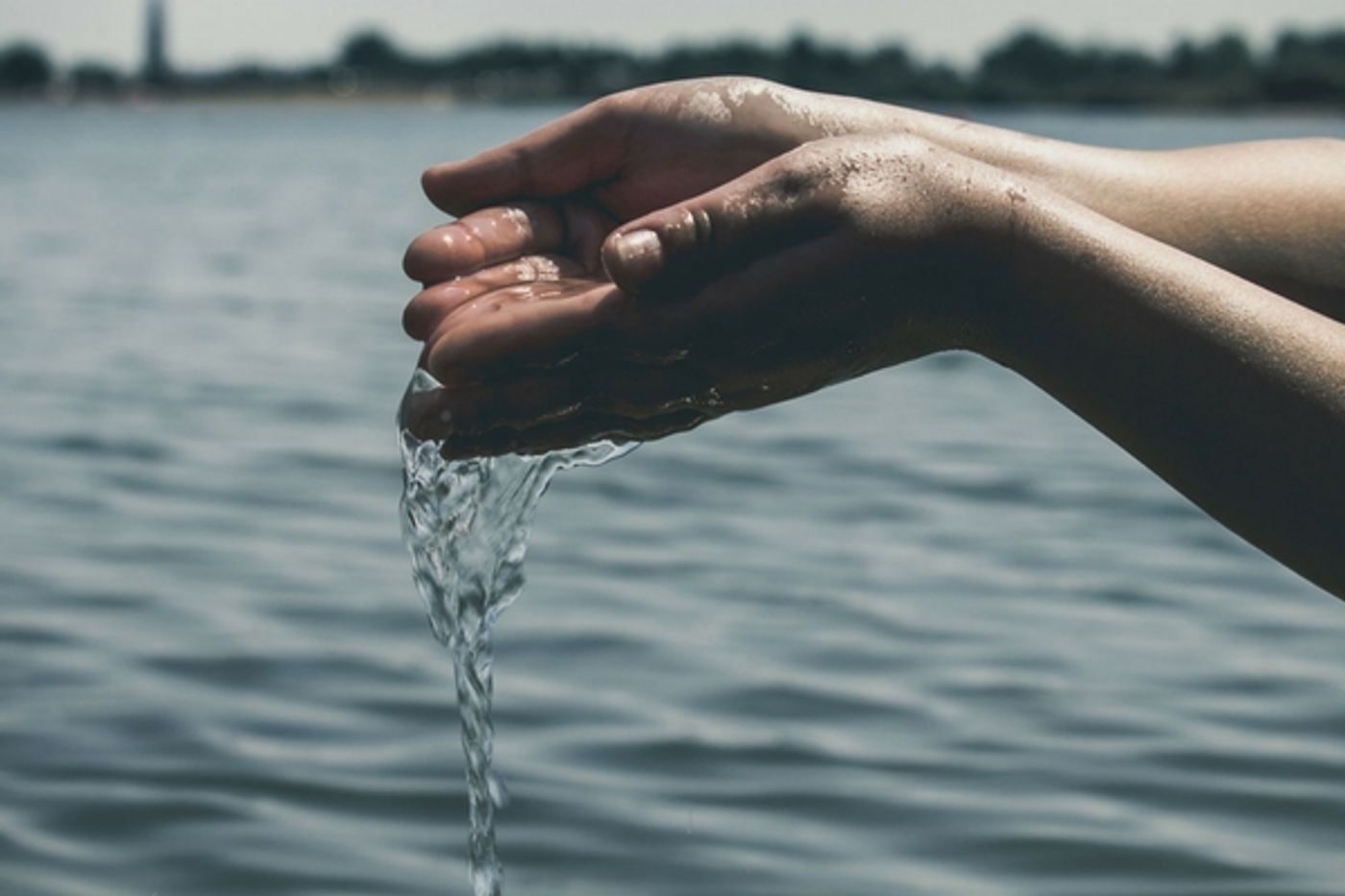The problem of water poverty in developing countries a significant issue. According to DoSomething.org, 884 million people in the world today lack access to a safe water supply. More than 840,000 people die every year from water borne diseases including the most vulnerable, children. Some agencies put the frequency of childhood deaths from a lack of clean water at a rate of 1 child every 90 seconds. The challenge is one that is researched all over the world. The problem is that the current technology to bring water to developing areas impacts the environment. Large compressors that can collect water via condensation often are run on diesel fuel and require chemicals that damage the surrounding environment. While it’s easy to think that some very high-tech gadget needs to be invented to solve the issue, one particular piece of technology that is being investigated is distinctly low-tech.

VICI Labs, in conjunction with UC Berkeley and the National Peace Corps Association is currently developing a device that requires no power other than the wind and can distill water, via condensation, from the air. It stands about 4-5 feet above the ground, is made from sustainable material and is a zero emission turbine. For arid countries where the water supply is polluted or dwindling the technology being used in their WaterSeer device could be a game changer.
It started at UC Berkeley in with a Collider challenge at the Sutardja Center for Entrepreneurship and Technology. Teams of engineering students, technicians and business professionals worked to develop a prototype. What they came up with was a wind turbine that is planted six feet into the ground. At the bottom is a water chamber, which is cooled from the surrounding earth and soil. The turbine is above ground and as that spins, it triggers a series of internal blades that also spin. As the warm air from the above ground turbine is sucked into the device it condenses in the cooler underground space and this condensation…precious water…is collected in a reservoir chamber. That chamber can be emptied via a hose and pump, much like a well water.
With the UC Berkeley team as well as VICI’s partnership with the National Peace Corps Association, the WaterSeer can collect up to 11 gallons of water a day. Setting up several of them in water-starved areas creates what developers call a Water Orchard, which hopefully can provide water for entire villages. Production has not yet begun as testing only concluded in August of 2016. There are still some kinks to be worked out and there are many skeptics who think the device could not possibly work as it’s being described. It’s being crowd funded and the devices could ship as early as Spring of 2017. It’s already garnering a lot of attention in the tech arena as well as among environmentalists. While there are other water generation technologies, including distilling seawater and collecting condensation from plants, none of the existing devices are carbon neutral and most require the use of fossil fuels or toxic chemicals. The video below explains more about this new water producing technology; take a look.
Sources:
University of Berkeley-Sutardja Center,
DoSomething.org,
WaterSeer.org,
Treehugger.com









